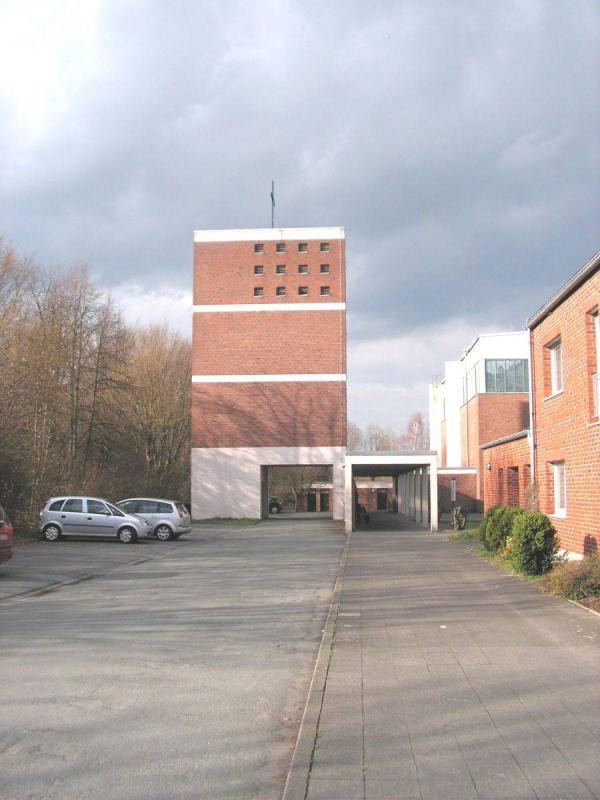Brüningserstraße 7, 59519 Möhnesee
Icon legend
![]() This icon indicates an awarded building
This icon indicates an awarded building
![]() This icon indicates a listed building
This icon indicates a listed building
![]() Projects with this logo are on the UNESCO World Cultural Heritage list
Projects with this logo are on the UNESCO World Cultural Heritage list
![]() Project has been converted, renovated or extended
Project has been converted, renovated or extended
x close
![]()
1908-13
- keine Angabe -
Architekt Franz Brantzky
(design)
Dr.-Ing. Ernst Link | Ruhrtalsperrenverein
(technical planning)
Advanced search with more criteria
Total projects: 483

59757 Arnsberg
Distance: 8.69 km

59494 Soest
Distance: 9.21 km
Behind Biggetalsperre, the Möhnetalsperre is the second largest and thus one of the most important dams in the Ruhr catchment area. Under normal conditions, the reservoir retains 134.5 m³ of water at a reservoir surface of 10.37sq km. The 40.3m high quarry stone wall finished in 1913 ponds the Möhne river’s water and thus contributes to a safe water supply for 5m people. The dam also protects the river stretches beneath it against flooding, serves power generation and recreational purposes.
In WWII, the Möhnetalsperre was bombed by the Allies, who deemed it very important for the Ruhr area’s arms production facilities (Dambuster Attacks).
In the night of May 17, 1943, the Royal Air Force bombed it. The main strike, by 19 bombers, was aimed at the retaining wall. More than 1,200 people, many slave labourers among them, were killed. The flood destroyed or damaged houses, traffic installations, bridges, waterworks. The impact was felt as far downstream as where the Ruhr flows into the Rhine, although the Ruhr reservoirs were all emptied forthwith and the air raids’ effect made a bit less serious as they otherwise would have been. The Allies’ objective of weakening the Ruhr industry was not attained. The wall was repaired after only five months.
More at route-industriekultur.de
Author: Route Industriekultur/ editorial Baukunst NRW
Text last changed on 26.09.2007
Categories:
Engineering » Water Management